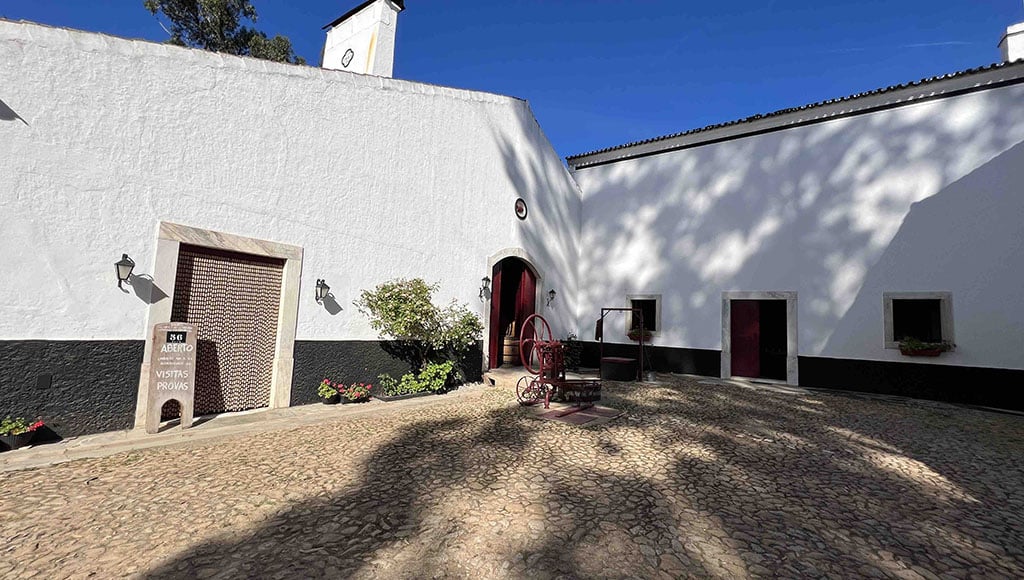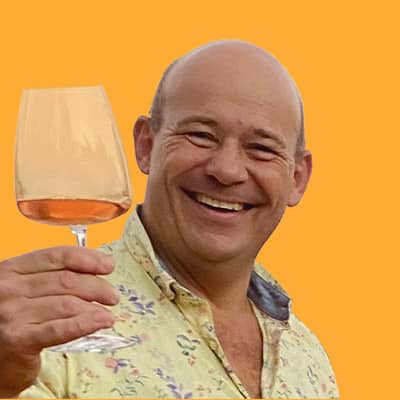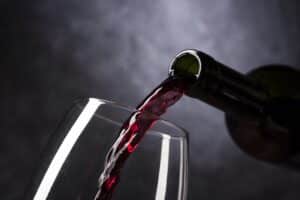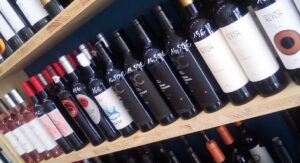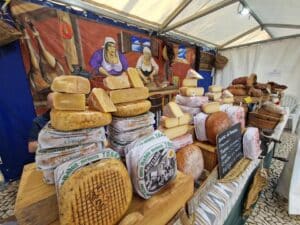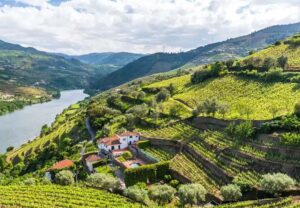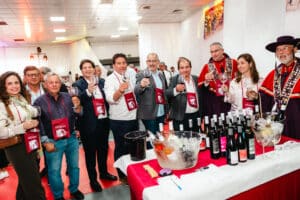Celebrating something French that Portugal has made its own
After many years of travelling the world as a journalist covering wars and natural disasters, diving deep into the culture and politics of various countries for an international audience, I never expected to get so excited about a wine grape.
But here I am writing about an especially red little grape which once covered much of California’s Napa Valley and is intertwined with 200 years of a British-Portuguese family’s history.
Having gladly stepped back from the chaos of current affairs where the Silicon Valley mantra of “move fast and break things” appears to be destroying a post-war world order it took decades to build, it’s perhaps not surprising that I’m hitting the bottle. But I’m not just drinking it, I’m building stories around it.
By swapping war for wine, I’ve realised just how much more satisfying it is to learn about history, geography, politics and culture when the subject matter is swilling around a glass in front of you.
It’s a storyteller’s dream: the more your audience taste and the more they learn, the better the stories get.
And so, we hosted an afternoon of stories at our place Vale das Estrelas celebrating Alicante Bouschet – a French teinturier variety which Portugal has made its own.
Most red wine grapes have clear juice – the colour in your wine comes from the skins – but a few of them do run red.
This variety was developed to make insipid wine look good in the bars of Paris – a touch of teinturier can transform a wine’s colour to deep red.
And so we invited a winemaker from Portugal and another from southern France where Alicante Bouschet was created in the mid-19th century to tell its story.
“Everyone started to grow a little Alicante Bouschet to blend in to make weak-coloured wine look stronger and better,” Baptiste Carrière Pradal of Domaine de la Massole told the assembled crowd of winemakers, interested amateurs and absolute wine beginners.
Baptiste brought a couple of cases of his latest wine to Portugal – a single variety Alicante Bouschet – something you don’t often find in France because of its reputation.
The Bouschet bit comes from the Montpellier family who started cross-fertilising grapes just down the road from Baptiste’s family vineyard.
Monsieur Louis began it all, by putting his name to Petit Bouschet in 1824, but his son Henri’s experiments led to something even more special.
A combination of Petit Bouschet and the Spanish grape Garnacha stood out from all his other combinations, and the new grape took its first name from the Spanish city.
Around the same time Louis was starting the ball rolling, the Reynolds family was arriving in Portugal from the UK … a little late to the Port rush … and so they headed south into the Alentejo to become cork producers.
Over the generations, they lived in palaces, were spies and explorers, smuggled Jews from Nazi-occupied Europe, retained a love of fine wine … and still keep John Wayne’s gun in their chimney at the Mouchão tasting room.
They story follows the fortunes of Portugal: they survived the vine uprooting policies of the Salazar regime, and had their land and winery expropriated for 10 years in the aftermath of the 1974 revolution.
Iain Reynolds Richardson is the current custodian of Mouchão, and he told us it might have left the winery much in need of repairs and replanting, but it did wonders for brand awareness as the peoples’ cooperative sold their wines to the best hotels in Lisbon.
Iain presented his fabulous range of Alicante Bouschet and told some of the many remarkable Reynolds family stories.
He and winemaker Hamilton Reis still make their wine the traditional way: hand picking, foot treading, manual pressing and then plenty of time in giant tonel 5,000-litre barrels.
And Alicante Bouschet began its Big Portuguese Wine Adventure courtesy of Mouchão and Iain’s ancestor William Reynolds.
In 1882, William was leading Portugal’s fight against the phylloxera bug which was destroying Europe’s vineyards, and he was drawn to Montpellier University where studies of the Bouschet grape suggested it could be immune to attack.
Cuttings were brought to Mouchão, vines were planted and trials began, but sadly it didn’t stop the destruction.
The only way to beat phylloxera was by grafting resistant roots on to existing grape vines – something else mastered by the Bouschets and still done to this day.
Having made the journey to Portugal, and freshly grafted, Alicante Bouschet began to thrive in the heat of Alentejo in a way it hadn’t in France.
The late 19th-century maps on the wall of Mouchão’s tasting room show their original plot of Alicante Bouschet, a grape which has gradually grown in popularity and now is a favourite of Portuguese winemakers.
That’s how we stumbled across the story recording our podcast series Ana & Al’s Big Portuguese Wine Adventure.
I have asked every Alentejo winemaker we have met so far one stupid question: “What’s your favourite grape?” and “what’s your favourite winery?”
In a country of 250 indigenous grapes and countless quintas, you’d be amazed just how many came back with the answers “Alicante Bouschet” and “Mouchão”.
In the 1990s, there were perhaps only 100ha of the grape planted in Alentejo, but now there are 8,000ha. And as international wine critic Jancis Robinson explains … that was mostly down to Mouchão.
I’m no wine expert – just an interested amateur – but I know a good story when I hear one.
And hopefully I’ve given you enough of a teaser to want to know more about the spy stories and why Mouchão is home to the same kind of gun John Wayne used in all his movies.
If you’d like to know more, The Reddest Grape is Episode 8 of our podcast series. And if you ever find yourself in Odemira, do stop by for a live wine story-tasting in the Valley of the Stars.

